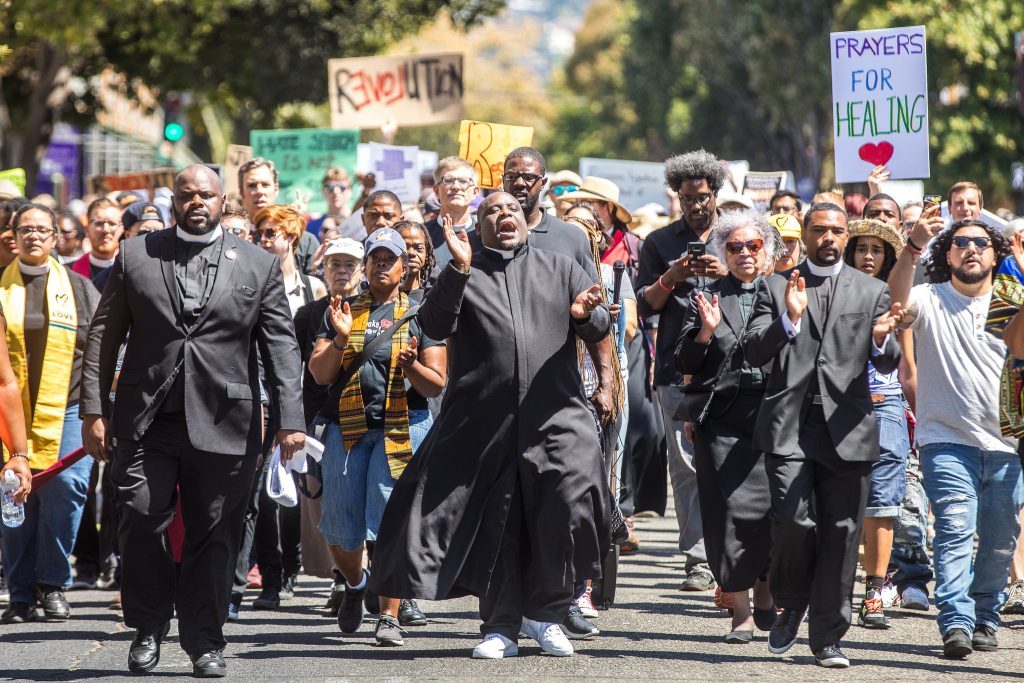Earlier this week we linked to a piece by Wendy Brown entitled “Defending Society,” which was part of an online symposium convened by Public Books on “what’s at stake in Trump’s America.” Today sees a contribution to the symposium by Judith Butler entitled “Protest, Violent and Nonviolent,” in which she observes that it is difficult to have a reasoned debate about “violence” versus “nonviolence” when these very terms are distorted and coopted by forces of state violence and capitalist power. Here’s an excerpt from the piece:
The debate between those who affirm and those who oppose violent tactics has taken on a new form. For some of those who claim that the electoral system brought a fascist to power, it is no longer possible to work within the law. Their reasons are various: the legal electoral process brought fascism to the government, and is therefore unjust; the law itself encodes and reproduces the economic violence of capitalism; the law is a tool of the state, and so an instrument of state violence that can only be undone through counterviolence.
Under conditions in which the law serves unjust state power, or serves an economic system that exercises its own violence, then independent, extralegal judgment and actions are required to oppose state violence. Resistance movements make use of tactics of disobedience, and so invariably debate the role of violence. Yet one reason those debates run into difficulty is that it seems as if violence and nonviolence are terms that are already twisted by the frameworks in which they appear: the state can decide to call certain actions “violent” because they are perceived as a threat to its monopoly on violence, even when those actions are nonviolent forms of expression, such as assembly, dissent, boycott, and strike. On the left, social structures and systems are regularly called violent even when the structure itself does not physically act, but gives rise to forms of subjugation and disenfranchisement that undermine the lives they affect.
In both cases, “violence” is no longer restricted to a physical set of acts. A demonstration can all too easily be called a “riot” when a university administration, a corporation, or a government seeks to justify the use of the army or police or security forces to quell dissent. A “boycott” can be labeled violent even when it is a deliberately nonviolent means of expressing a political objection. Such instances produce confusion about what we are arguing about when we are debating violence.
Image via Public Books.
